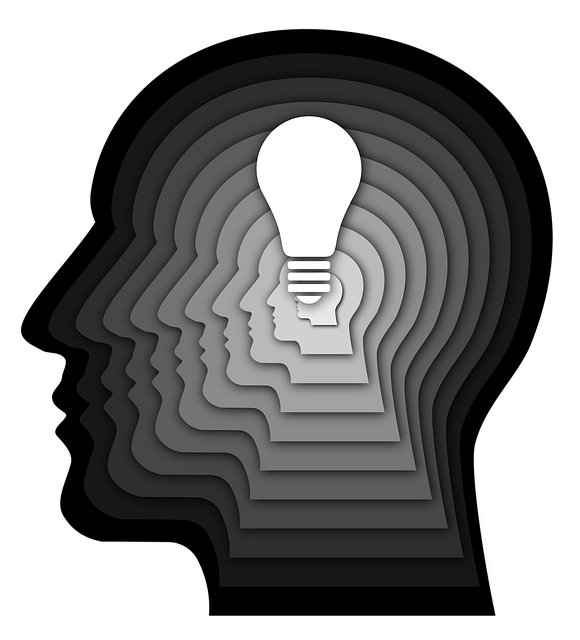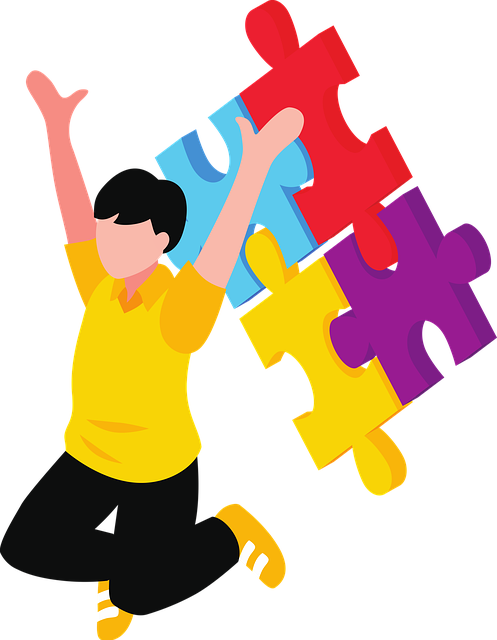Market research is vital for developing a marketing strategy for a mental wellness app targeting individuals with Superior Learning Disabilities (SLD). By understanding their unique needs and preferences, businesses can create tailored outreach campaigns. In today's digital era, mental wellness apps are popular, but developers must offer specialized solutions like stress management workshops and crisis intervention guidance to compete effectively. Engaging content, user-friendly interfaces, and real-life stories build trust and encourage downloads. Digital marketing strategies, including SEO and influencer partnerships, boost online visibility. Measuring success through KPIs ensures campaign effectiveness in reaching users seeking mental wellness support.
In today’s digital age, mental wellness apps offer a promising avenue for supporting individuals with various challenges, including a focus on those with learning disabilities. To thrive in this competitive market, app developers must devise robust marketing strategies. This article guides you through crucial steps: from comprehending the target audience, identifying unique app features like Superior Learning Disability Therapy, crafting compelling content, leveraging digital channels, to measuring success and refining your approach iteratively.
- Market Research and Understanding Target Audience
- Identifying Unique Selling Points for Mental Wellness Apps
- Crafting Engaging Content Strategies
- Leveraging Digital Marketing Channels Effectively
- Measuring Success and Iterating the Strategy
Market Research and Understanding Target Audience

Market research is a cornerstone when developing a marketing strategy for a mental wellness app, especially when catering to a niche market such as individuals with Superior Learning Disabilities (SLD). Understanding the unique needs and challenges faced by this demographic is vital for creating an effective outreach campaign. By conducting in-depth surveys, focus groups, or interviews with people having SLD and their support networks, including therapists and caregivers, businesses can gain valuable insights into their target audience’s preferences, pain points, and motivations.
This process should involve exploring the current landscape of mental health awareness and stress management resources available to this specific group. Analyzing existing apps, online forums, and community programs will help identify gaps in services and unique opportunities for a new app to make an impact. For instance, a Mental Health Awareness campaign tailored to SLD individuals might focus on breaking down stereotypes, promoting accessible learning tools, and offering specialized stress management workshops organization specifically designed to cater to their cognitive strengths and challenges.
Identifying Unique Selling Points for Mental Wellness Apps

In today’s digital age, mental wellness apps are becoming increasingly popular as people seek accessible and personalized support for their emotional well-being. To stand out in a competitive market, developers must identify unique selling points (USPs) that resonate with users facing various mental health challenges. One key area to focus on is the app’s ability to offer tailored solutions for specific needs, such as Superior Learning Disability Therapy. By catering to a niche audience with unique barriers and requirements, apps can provide an edge over general wellness platforms.
Incorporating features like Crisis Intervention Guidance and Self-Esteem Improvement programs within the app’s design can be powerful differentiators. These specialized tools not only attract users seeking tailored support but also demonstrate the app’s commitment to comprehensive mental health education. Moreover, by integrating user-friendly interfaces and engaging content, apps can effectively deliver Mental Health Education Programs Design that caters to diverse learning styles, ensuring accessibility and appeal for a wide user base.
Crafting Engaging Content Strategies

Creating engaging content is paramount for a mental wellness app marketing strategy. When targeting users with learning disabilities, it’s crucial to develop material that resonates with their unique challenges and triumphs. Incorporate stories and testimonials from individuals who have successfully navigated similar struggles, highlighting the app’s role in their journey towards Superior Learning Disability Therapy. This approach not only builds trust but also demonstrates the app’s practical application in real-life scenarios.
Moreover, focus on crafting content that empowers users through Empathy Building Strategies, Self-Esteem Improvement, and Conflict Resolution Techniques. Presenting actionable tips and exercises within engaging formats like blogs, videos, or interactive quizzes can effectively capture attention and encourage app downloads. Remember to simplify complex concepts and offer immediate reinforcement to cater to the diverse learning needs of users with learning disabilities.
Leveraging Digital Marketing Channels Effectively

In today’s digital age, mental wellness apps have a powerful platform to reach and engage users through various online channels. Effectively leveraging digital marketing strategies is crucial for gaining visibility and attracting the target audience, especially when competing in the wellness space. By utilizing search engine optimization (SEO) techniques, app developers can ensure their content ranks highly on search engines, making it easier for individuals seeking Superior Learning Disability Therapy or other mental health support to discover the app. Integrating keywords like ‘Risk Management Planning for Mental Health Professionals’ and ‘Mental Health Policy Analysis and Advocacy’ into targeted content allows apps to connect with both users in need of services and industry professionals.
Social media platforms, email campaigns, and influencer partnerships are also valuable tools. Engaging content that incorporates Self-Awareness Exercises can captivate audiences and showcase the app’s unique features. Through strategic planning and creative execution, digital marketing channels enable mental wellness apps to build a strong online presence, fostering trust and encouraging user adoption.
Measuring Success and Iterating the Strategy

Measuring success is a vital component of any marketing strategy, especially within the mental wellness space where trust and transparency are paramount. When developing a campaign for Superior Learning Disability Therapy (SLDT), define key performance indicators (KPIs) that align with your goals. For instance, if the focus is on raising public awareness, track website traffic, social media engagement, and conversions from awareness to seeking therapy. High-quality content, such as blog posts and videos featuring emotional healing processes, should be measured for views, shares, and comments to gauge audience interest and empathy building strategies’ effectiveness.
Regularly reviewing these metrics allows for iterative improvements to your SLDT marketing strategy. If certain tactics aren’t resonating with the target audience, adjust your approach. For example, if social media engagement is low, consider refining content to better address emotional healing processes or creating more interactive formats. Iteration ensures that your campaign stays relevant, engaging, and ultimately successful in reaching those seeking mental wellness support.
Developing a robust marketing strategy for mental wellness apps involves a multi-faceted approach. By conducting thorough market research to understand target audiences, identifying unique selling points like those relevant to Superior Learning Disability Therapy, crafting compelling content strategies, leveraging digital channels effectively, and continuously measuring success, you can create a successful campaign that resonates with users in need of mental health support. This strategy not only enhances brand visibility but also fosters meaningful connections and drives downloads, ensuring your app stands out in a competitive market.









